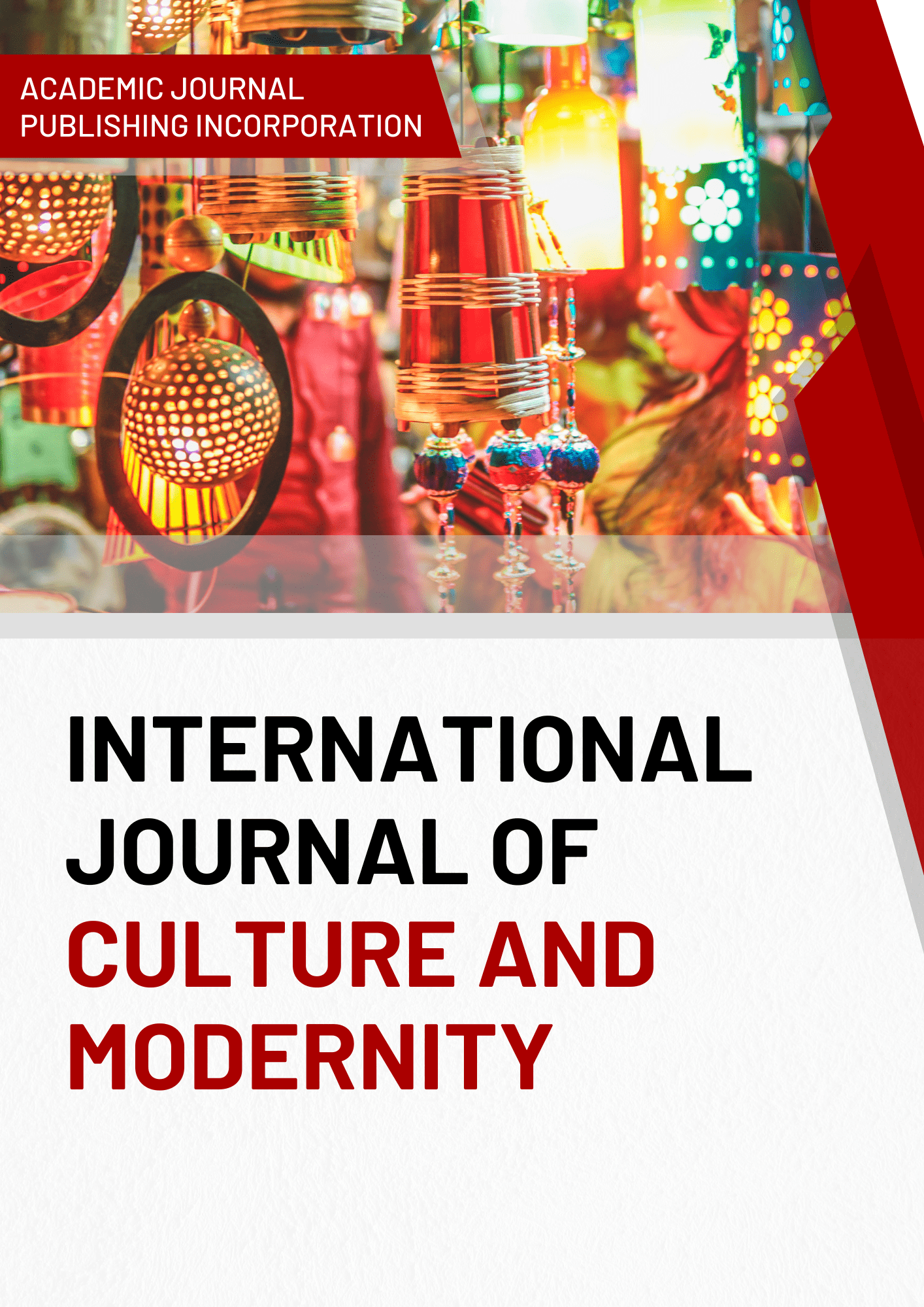Salt as Symbol of Protest during the Dandi Satyagraha
DOI:
https://doi.org/10.51699/ijcm.v18i.389Keywords:
Dandi March, Salt, Formula and significanceAbstract
Mahatma Gandhi served as the leader of the nonviolent liberation movements in South Africa and India against British rule. He was also an advocate for the civil rights of Indians. Gandhi, an Indian citizen who was born in Porbandar, got a law education and participated in boycotts of British institutions as a nonviolent form of civil disobedience. Gandhi led them in the 400-kilometer (250-mile) Dandi Salt March in 1930, which was held in opposition to the British-imposed salt levy. Gandhi led them in 1942 when they demanded that the British leave India. Due to his several convictions, he spent a large period of time in prison in both India and South Africa. How did Mahatma Gandhi fight for universal freedom? Gandhi was a prominent figure in the Indian independence movement who organized the fight against British colonial rule, fought against anti-Indian legislation in the courts, and planned sizable protests against the colonial government. He developed a public persona along the way and an ideology he called Satyagraha. A philosophy known as Satyagraha places a strong emphasis on nonviolent resistance and the pursuit of the truth. He was given the honorary title of "Father of the Nation" or "Bapu" in honor of his important contributions to the struggles for Indian independence and his support of nonviolence. Gandhi encouraged and supported a huge number of nonviolent rallies and marches during the struggle for Indian independence. These protests were entirely consistent with the concept of nonviolent conduct. Investigating and explaining Gandhiji's usage of salt as a symbol of his protest during the Dandi Satyagraha is the goal of this study as well as to evaluate the significance and impact of Dandi march on the national movement?
References
Anam, M. K. (2007, January). THE SALT SATYAGRAHA MOVEMENT, 1930-31: A CASE STUDY ON THE NATURE OF ITS IMPACT ON MURSHIDABAD (WB). In Proceedings of the Indian History Congress (Vol. 68, pp. 806-824). Indian History Congress.
Barnabas, A., & Clifford, P. S. (2012). Mahatma Gandhi–an Indian model of servant leadership. International journal of leadership studies, 7(2), 132-150.
Barnabas, A., & Clifford, P. S. (2012). Mahatma Gandhi–an Indian model of servant leadership. International journal of leadership studies, 7(2), 132-150.
Chanda, A. (2020). The Dandi march & Gandhi as a political strategist.
Easwaran, E. (2011). Gandhi the man: How one man changed himself to change the world? Nilgiri Press.
Gan, B. L. (2018). The Gandhi-King tradition and Satyagraha. In The Routledge handbook of pacifism and nonviolence (pp. 93-101). Routledge.
Gandhi, M. (2019). Gandhi’s approach was one of principled nonviolence; he believed that nonvio-lence was a moral necessity and a way of life. He introduced the term “satyagraha,” or “truth force,” which is made up of the two Sanskrit words,“satya”(truth) and. Religion and Contemporary Politics: A Global Encyclopedia [2 volumes], 274.
Gandhi, M. Chapter V Mahatma Gandhi’S Concept of Satyagraha. Mccollegeonline. Co. In, 127-178.
Gandhi, M. K., & Desai, V. G. T. (1928). Satyagraha in South Africa. S Ganesan, Madras.
GANGRADE, K. (2004). Salt Satyagraha: Gandhi's Approach to Mass Awakening. IASSI Quarterly, 23(1), 5.
Jahanbegloo, R. (2021). Gandhi and the Global Satyagraha. Social Change, 51(1), 38-50.
Kuhn, B. (2010). The Force Born of Truth: Mohandas Gandhi and the Salt March, India, 193. Twenty-First Century Books. Chuk, N. A. (2015). Digital Steps of Protest, Reenactment, and Networked Interaction: Joseph DeLappe's Salt Satyagraha Project. In New Opportunities for Artistic Practice in Virtual Worlds (pp. 73-89). IGI Global.
Mayton, D. M., & Daniel, M. (2001). Gandhi as peacebuilder: The social psychology of Satyagraha. Peace, conflict, and violence: Peace psychology for the 21st century, 307-313.
Oltvai, K., & Sellars, M. (2016). The Salt March Today: Gandhian Lessons for Social Media Activism. Denison Journal of Religion, Vol. XV, 44.
Satyagraha, G. S. S. (2005). PeacePower.
Sellars, M., & Oltvai, K. (2016). The Salt March Today: Gandhian Lessons for Social Media Activism. Denison Journal of Religion, 15(1), 6.
Singh, S. (2007). Satyagraha. Publications Division Ministry of Information & Broadcasting.
Venkatraman, V. (2018). Sudandhira Sangu and Salt Satyagraha Movement in Tamil Nadu 1930-1931. Available at SSRN 3232694.
Venkatraman, V. (2021). Non-Violence: The National Tamil Press on salt Satyagraha at Vedaranyam, 1930-1931.







